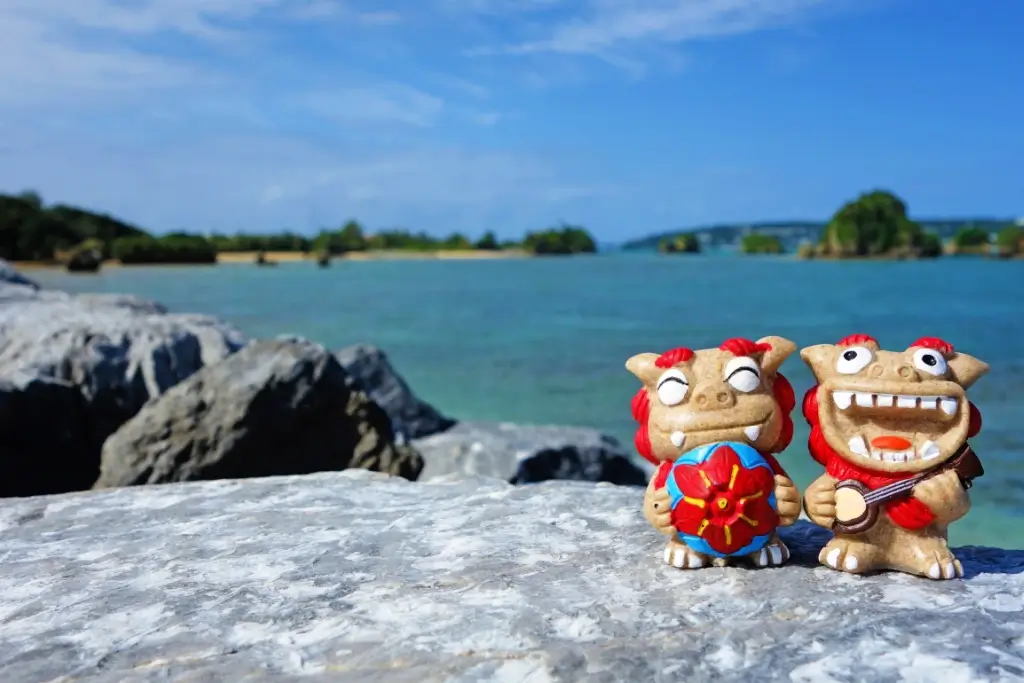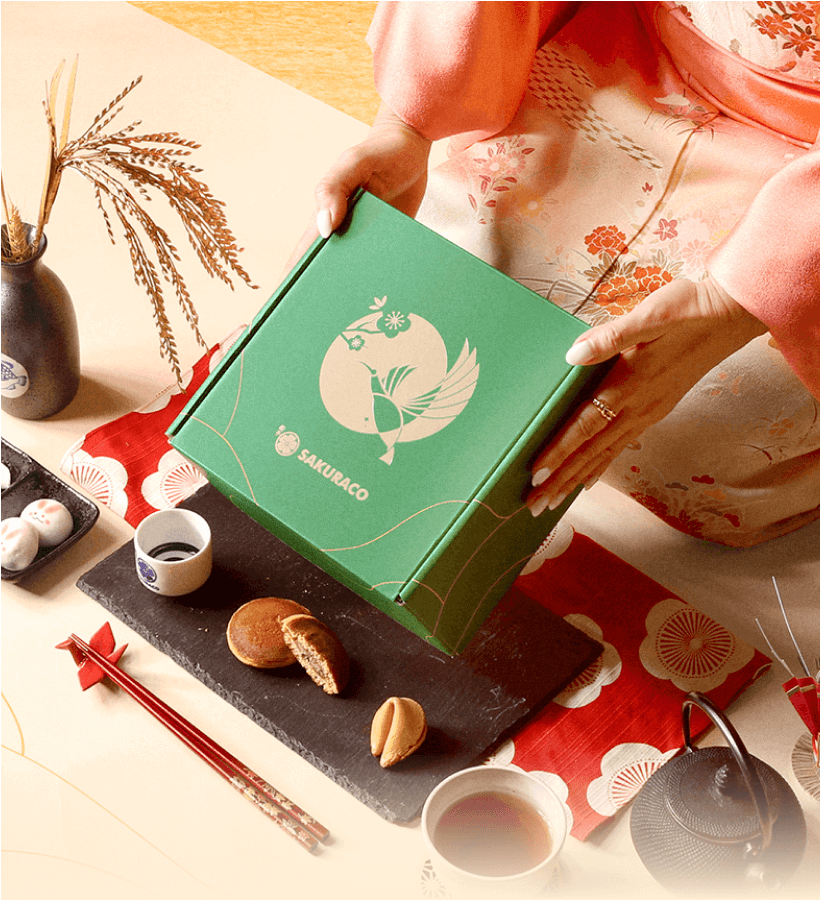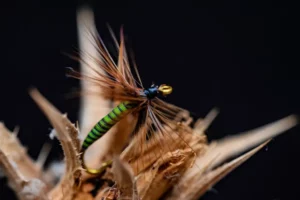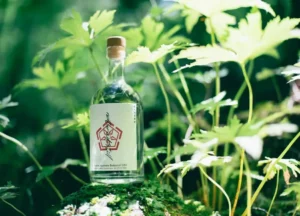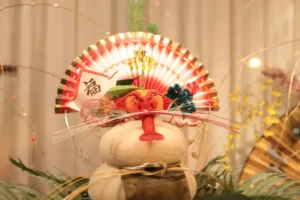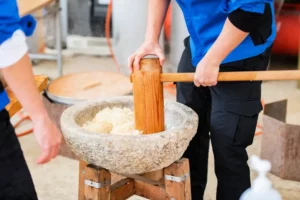Across the tropical rooftops and street corners of Okinawa, you’ll find fierce yet friendly-looking creatures sitting in pairs, one roaring proudly, the other calmly closing its mouth. These are shisa, Okinawa’s legendary lion-dogs, protectors that have watched over homes, temples, and entire villages for centuries. Part guardian, part good-luck charm, the shisa are more than stone statues; they are an enduring part of Okinawan culture that connects myth, faith, and daily life.
Table of Contents
ToggleWhat is a shisa?
Shisa are said to be magical beings that protect people and places from harm. They are often described as a mix between a lion and a dog, with curling manes, broad grins, and an energy that feels both wild and wise. Their origins can be traced back to China’s guardian lions (shishi), which made their way through trade routes to the Ryukyu Islands centuries ago. Over time, Okinawans shaped them into something uniquely their own.
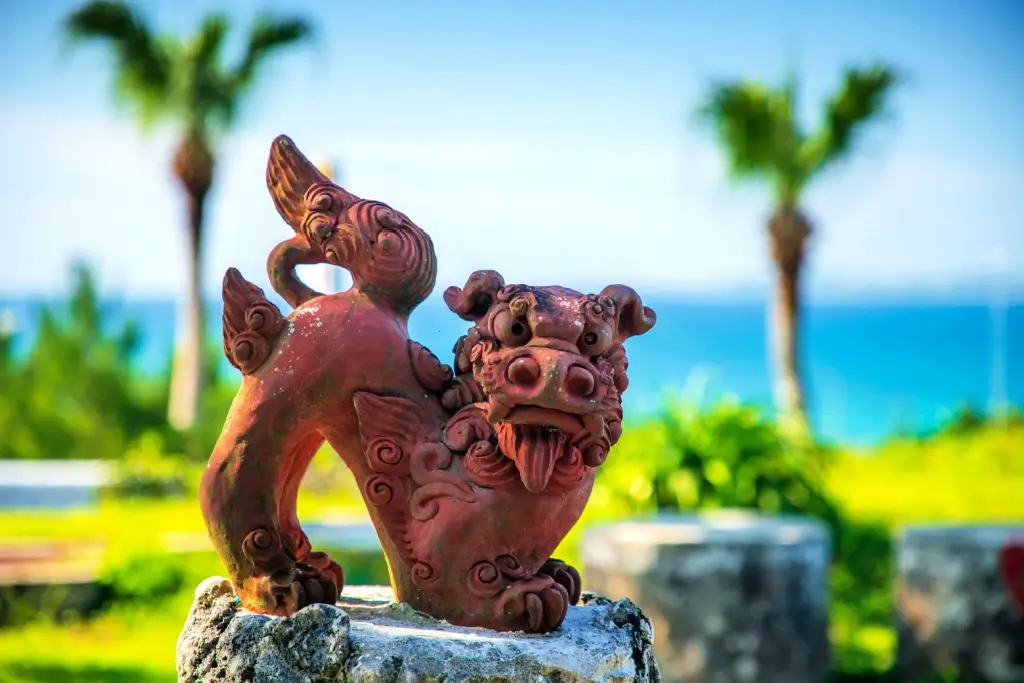
A true shisa never stands alone. Traditionally, they appear in pairs, each with a distinct personality and role. The male figure, mouth open, scares away evil spirits with its roar. The female figure, mouth closed, keeps good luck and happiness safely inside. Homeowners place them at gates, doors, or rooftops to watch over their families, one shouting away trouble, the other smiling as if to say, “All is well here.”
Are there shisa legends?
One of Okinawa’s most well-known legends originates from the village of Madanbashi in Naha. Long ago, the people there lived in fear of a terrifying dragon that would swoop down from the sea to attack their homes. No matter how hard they fought back, the monster was too powerful, and the villagers began to lose hope.
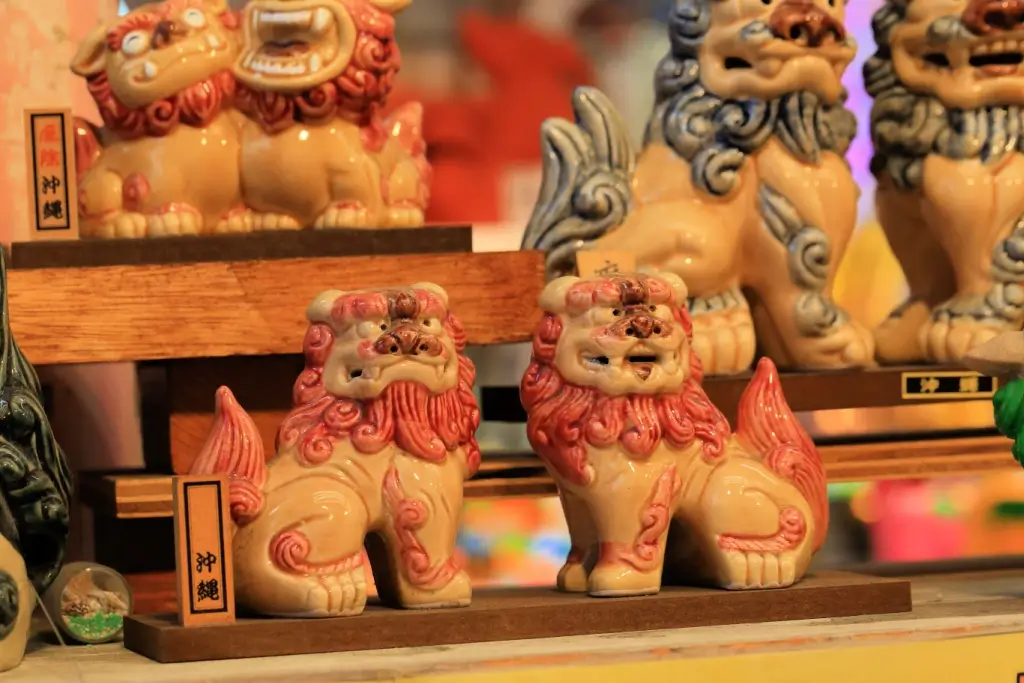
But everything changed when the King of the Ryukyu Islands happened to visit the area. Around his neck, he wore a small shisa charm, a gift from a visiting Chinese diplomat. During the King’s stay, the dragon attacked again. As panic spread through the village, a local priestess recalled a dream in which she had been told to ask the King to “raise his shisa to the heavens.”
Following her advice, the King lifted the amulet high, and suddenly, the tiny statue shone brightly and roared thunderously. A giant boulder crashed from the sky, pinning the dragon’s tail to the ground. Unable to escape, the monster perished, and the village was finally free from terror. Nature soon reclaimed the land around the fallen beast, giving birth to the lush Gana-Mui forest. From that day forward, the people of Madanbashi began placing shisa wherever protection was needed. The legend became a symbol of strength, faith, and good fortune that still inspires Okinawans today.
Are you looking for great snacks from places like Okinawa? Check out Sakuraco! Sakuraco delivers traditional Japanese snacks, teas, and sweets from local Japanese makers directly to your door so you can enjoy the latest treats from Japan!
What shisa are in Okinawa?
The oldest shisa in Okinawa still stands today in the village of Tomori in southern Okinawa. Known as the Tomori Stone Lion, it measures nearly six feet tall and was built in 1689 to protect the area from an unusual kind of danger, fire. Legends say that the village priest advised residents to carve a lion statue facing Mount Yaese, a volcano, to prevent future blazes. Believing in the shisa’s power, the villagers followed his instructions, and remarkably, the fires stopped.
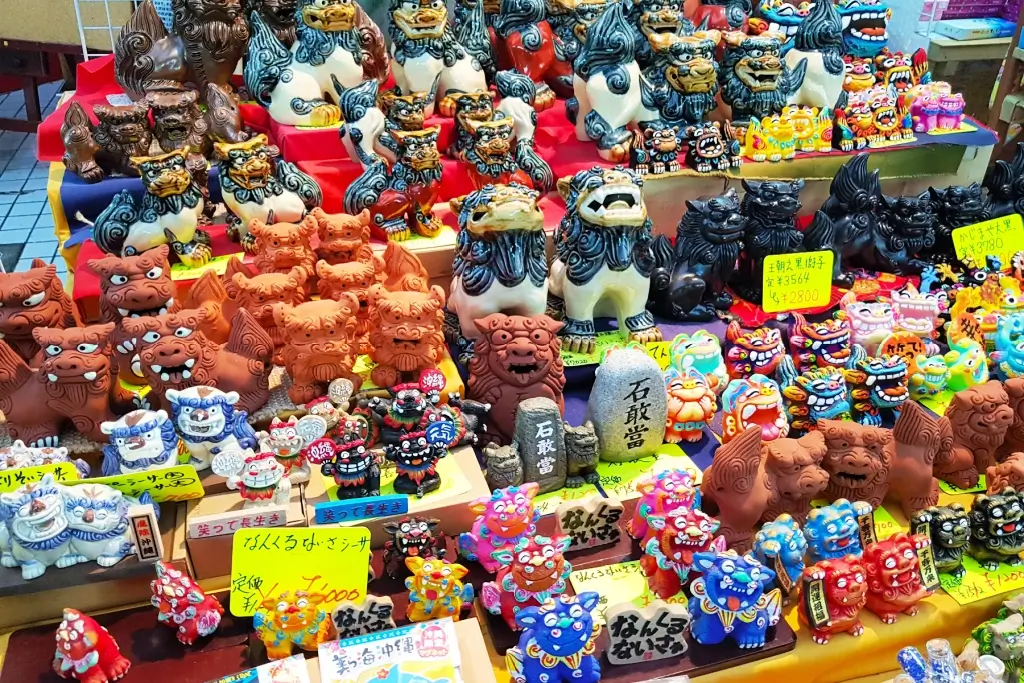
The Tomori Shisa continued to stand guard through Japan’s most turbulent times. During World War II and the devastating Battle of Okinawa in 1945, the statue survived fierce fighting, its surface left pitted with bullet holes. Photos from the battle even show soldiers taking cover behind its sturdy figure. Today, locals continue to visit the weathered stone guardian to offer prayers for safety and peace. In 1974, it was named an Okinawa Prefectural Cultural Asset, ensuring its story will be preserved for future generations.
Are shisa used today?
While they have deep spiritual roots, they’ve also become an iconic part of Okinawan identity and design. You’ll see tiny figurines in souvenir shops, colorful ceramic ones on restaurant signs, and even modern reinterpretations in pop culture. Pokémon fans might recognize that Arcanine, a beloved fiery guardian, draws clear inspiration from the mythical lion-dog.
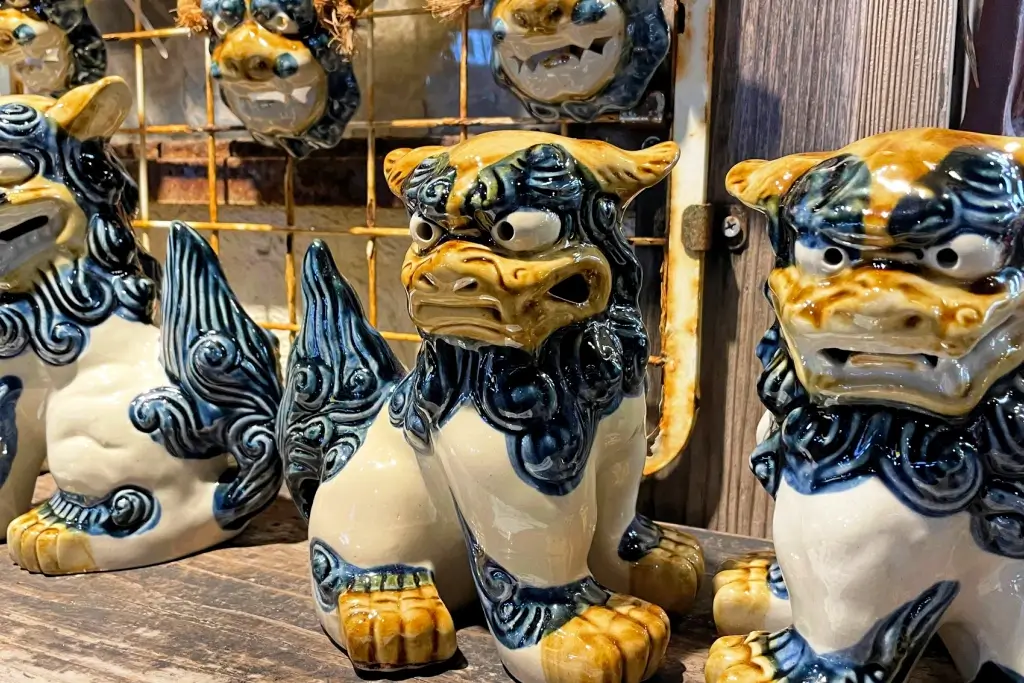
They also dance, literally! In Okinawan performances that resemble the Chinese Lion Dance, the costumes are modeled after shisa rather than purely Chinese lions. These vibrant dances are a joyful way to keep the traditions alive, especially during New Year celebrations and local festivals.
Why should I get a Shisa?
You should get one because they are here to protect you. They have stood firm through natural disasters, wars, and the changing tides of history. Yet their meaning has remained constant: to guard, to protect, and to welcome good fortune. These mythical guardians continue to smile down on Okinawa’s households, ready to roar at the first sign of danger.
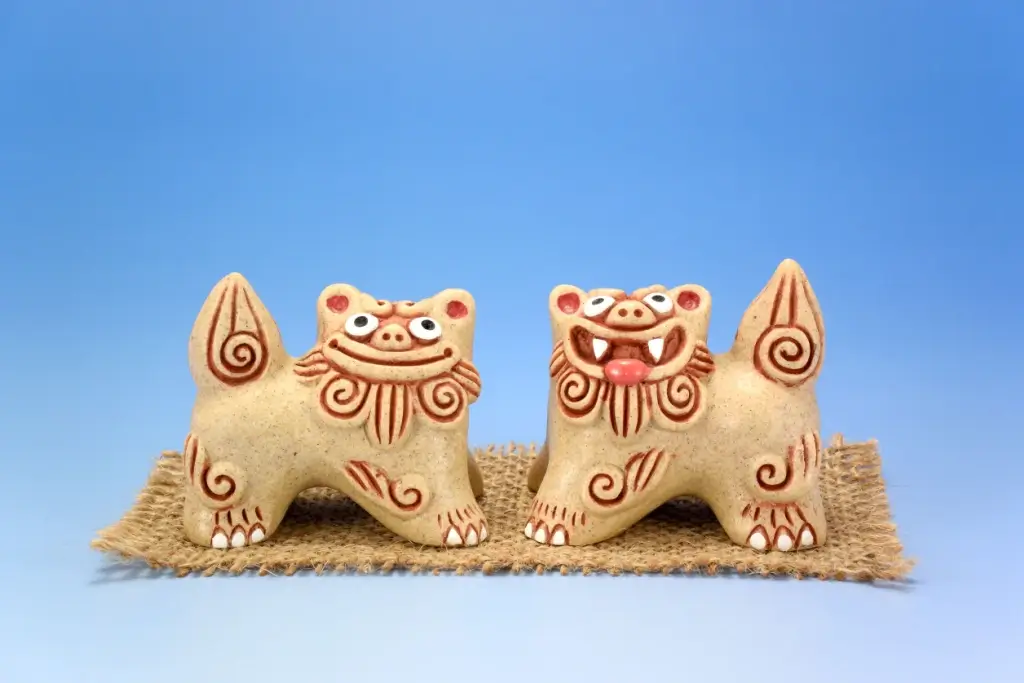
It’s a comforting sight, a silent, smiling shisa perched above a doorway, embodying both the spirit and resilience of Okinawan culture. They remind us that protection, like tradition, can come in many forms, and that sometimes, even a small guardian can stand tall against the fiercest dragons. Would you place a pair in your home, or do you have one? In Okinawa, they say fortune smiles on those who do.
Cited Sources
- Okinawa Island Guide. “Shisa“.
- Nippon. “Shisa: Guardian Deities of Okinawa“.
- The Straits Times. “The other Japan: Discover Okinawa’s island charm“.


